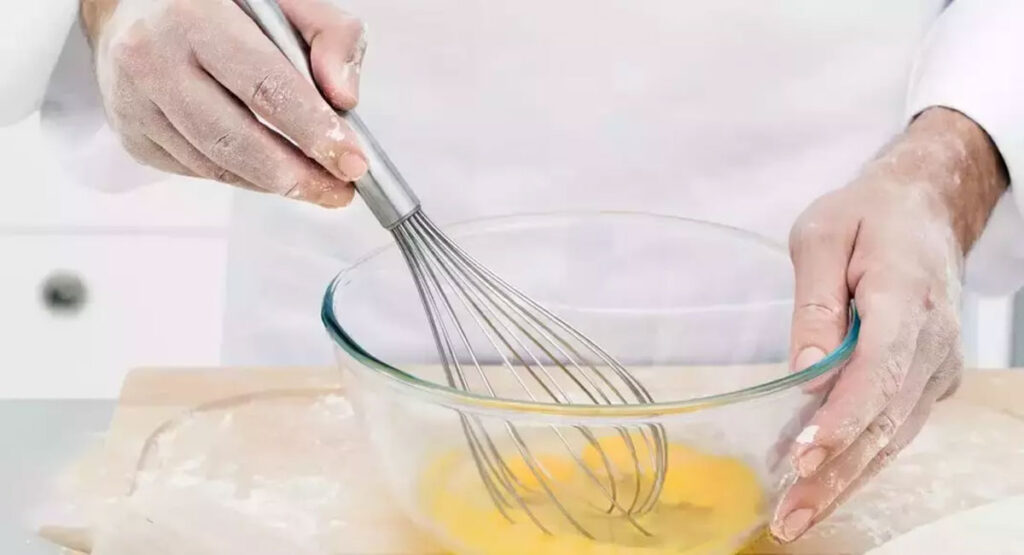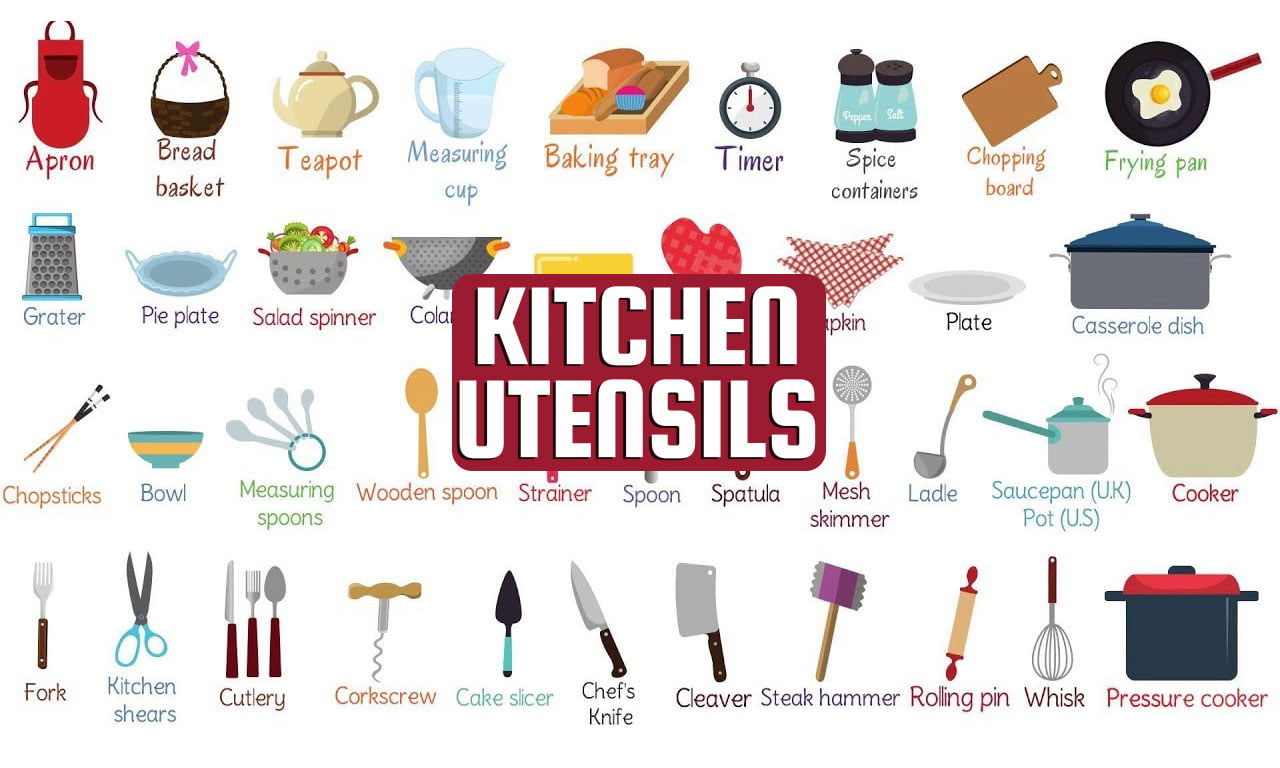Kitchen tools are important to society and have a long past that goes back hundreds of years. Come with us on a trip through time as we learn about the interesting stories behind these kitchen essentials. In this post, we will see the history of cooking utensils and will find out where our everyday kitchen tools came from.
Table of Contents
Knives: From Stone to Metal
Knives are one of the oldest and most important tools for cooking. They have been used since ancient times. In the beginning, knives were made of stone. As time went on, metal was used instead.
Spoons for Serving: Evolution and Elegance
Spoons have been used for a very long time and were usually made of bone or wood. The first people to make spoons out of metal were pioneers. Over time, spoons got fancier and more complicated.
Forks’ Journey Through the Ages
It wasn’t until the Middle Ages that forks were widely used. The rich used them as a way to eat. The 18th century saw the development of forks with multiple tines.
Ladles: Ancient Tools for Serving Soups
Soup and other drinks have been served with ladles for centuries. Ladles from the past were usually made of bone or wood. These days, most are made of metal or plastic.
Tongs: From Grabbing Coals to Cooking
Tongs were first used to grab hot coals from a fire and have been in use for hundreds of years. They evolved to be used for cooking and serving food.
Whisks: A Timeless Tool for Mixing
For ages, people have used whisks to mix things like eggs, cream, and more. In the past, whisks were made from sticks or grass bundles. Nowadays, they are made from metal or plastic.

Rolling Pins: The Evolution in Baking
Rolling pins have been around for a very long time. They were first made of stone or wood. They evolved to be used in baking and making pastries.
Mortars and Pestles: Grinding Through Millennia
For thousands of years, people have used mortars and pestles to grind spices and other foods. In the past, they were made of stone, but now they can be made of metal, clay, or other materials.
Graters: Transforming Food Preparation
Cheese, veggies, and other foods have been grated with graters of all kinds for hundreds of years. In the past, graters were made of wood. These days, most graters are made of metal or plastic.
Strainers: Filtering Solids from Liquids
Strainers have been used for a very long time to remove solids from liquids. In the past, strainers were made from grass or knitted reeds. These days, most strainers are made of metal or plastic.
How Kitchen Tools Have Changed Over Time
From the first stone knives to the newest high-tech gadgets, kitchen tools have gone through many changes that have made them better in terms of how they work and how they look.
Materials and Styles Evolution
The things used to make cooking tools have changed a lot over the years. Initially made from natural materials like stone, bone, and wood, tools made of metals like copper, brass, and bronze became popular. Stainless steel is used these days due to its durability, rust resistance, and easy cleaning.
Specialization and Practicality
Tools have become more specialized over time, such as potato peelers, apple corers, and avocado slicers, each designed for specific tasks. Shapes have also changed to be more practical and user-friendly.
Technology’s Impact on Kitchen Tools
Advancements like electric mixers, blenders, and food processors have made cooking and baking easier and faster. Smart cooking tools like scales and temperature probes offer connectivity to smartphones or tablets for remote monitoring.
What Kitchen Tools Mean to Different Cultures
Different countries have their own cooking styles, influencing how kitchen tools are made and used.
Symbolism and Usage in Various Cultures
For instance, in Japan, knives are considered holy and are crafted meticulously. The wok in Chinese cuisine, the molcajete in Mexican cooking, and the seder plate in Jewish traditions all hold cultural significance and have unique uses.
Strange Kitchen Tools: Unusual Yet Functional
Uncommon kitchen items, though not typically found, serve specific tasks like the cherry pitter, herb scissors, melon baller, egg slicer, pineapple corer, avocado slicer, and butter spreader.
Depiction of Kitchen Tools in Media
In books and movies, kitchen tools are often used as symbols to convey ideas, feelings, or personality traits.
Examples of Symbolic Usage in Pop Culture
For example, knives symbolize violence in “Macbeth,” while rolling pins depict themes of home life and women in “Julie & Julia.” Whisks represent creativity through the character Remy in “Ratatouille.”
Emergence of New Kitchen Tools: Technology’s Impact
Recent years have seen the introduction of technology-driven kitchen tools that have revolutionized cooking and food preparation.
Innovative Tools Transforming Cooking
Smart scales, immersion blenders, sous-vide machines, smart ovens, and air fryers have made cooking easier, faster, and more enjoyable.
Conclusion
Kitchen tools have a long, intriguing history spanning centuries, from ancient stone knives to cutting-edge sous-vide machines. Understanding their past helps us appreciate their importance in daily life. As technology advances, kitchen tools continue to evolve, promising even more exciting changes in the future.

